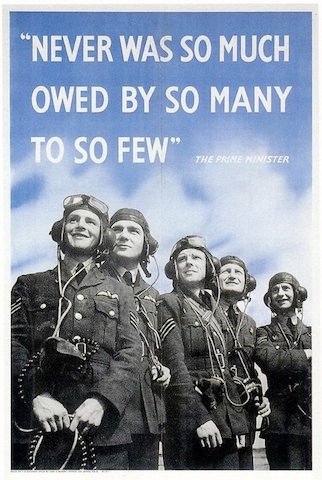[Cross-posted at Cliopatria.]
I've been using the Internet for nearly two decades: in 1992 -- after nervously checking with the physics computer lab manager first -- I sent an email to my future Honours supervisor while she was visiting Toronto. I was quickly hooked by the promise of overcoming the tyranny of distance and transparently communicating with people all across the planet. Of course, it never worked quite like that. Of the many of the different forms of communication enabled by the Internet I've tried since then, many have fallen by the wayside (who now uses Unix talk? When was the last WAIS server shut down?), others still limp along (Gopher, IRC, Usenet) while others are in surprisingly rude health (you've probably used FTP at some point, though you may not have known it). Sometimes I was an early adopter: I set up my first webserver early in 1994, at a time when there must have been only a few thousand websites in the world. At other times I was very late to the party. But after much enthusiastic (and occasionally obsessive) participation in these and other protocols, I eventually became jaded and turned to passive consumption of content rather than creation in any form. It was only when I took up blogging at the start of my PhD that I rediscovered that early joy in talking to the world.
But the thing about blogging is that it's pretty much all about me, me, me. While I absolutely value and enjoy interacting with commenters, and hope that those who read without commenting find what I post here interesting or valuable, it's my place and I set the agenda. And I'd probably still blog even if nobody read it. So while Airminded is part of the World Wide Web, spending so much time on it could lead me to think that bombing and phantom airships and the knock-out blow are more important than they really are (which is to say, not very). As well, because my authorial voice dominates here it can lead me to think that my opinion is more important than it really is (which is to say, even less).
Which brings me to Twitter. I've blogged about tweeting a couple of times before, first when I began using Twitter in earnest, then when I reached one thousand tweets. I've now added more than 10,000 to that figure, so it's probably safe to say that I'm a Twitter addict -- er, become accustomed to using it. For link sharing, making contacts, historical musings, friendly banter and just general silliness, for sure; but there's more to it than that.
Tweeting is sometimes called microblogging, but that's a bit of a misnomer. It's true that it's possible to use Twitter just to broadcast your own thoughts or promote your own things, but unless you're already a celebrity nobody is going to listen. The real value comes from listening and (optionally) responding to what others say -- in interacting with others. With other historians, sure, but also with other people who share some interests and with others who don't.
The biggest and best example of this, for me, has been following the Arab Spring, particularly the revolutions in Egypt and Libya. Not just the news (and the rumours), but the commentary coming from those living through them: their experiences, hopes, fears. I confess this was a bit of an eye-opener for me. Intellectually, of course, I knew that people living in autocracies are like people everywhere else, but hearing the diversity of their responses (even within the limitations of 140 characters) I recognised them as individuals at a more basic level. It became impossible for me to discount the revolutions as quarrels in far away countries between people of whom I knew nothing. Twitter help me humanise an important period in contemporary history. That's something that I don't think any of those older protocols, from email on, could have helped me to do, not in practice. It's not transparent at all, of course, and it is as subject to biases and deceptions as any other form of human communication; but using Twitter is really the closest I've come to entering the global village I glimpsed nearly two decades ago.
Because it's #twitterstorians Day, I really should have said something about the specifically historical uses (and limitations) of Twitter. Luckily there are plenty of others who have done that:
@katrinagulliver (who is responsible) · @jliedl · @jondresner · @kathryntomasek · @kellyhignett · @kelly_j_baker · @lottelydia · @markcheathem · @publichistorian · @raherrmann · @sharon_howard (with a special shout-out for The Broadside) · @wilkohardenberg
PS If you don't already follow me on Twitter, I'm @Airminded!



